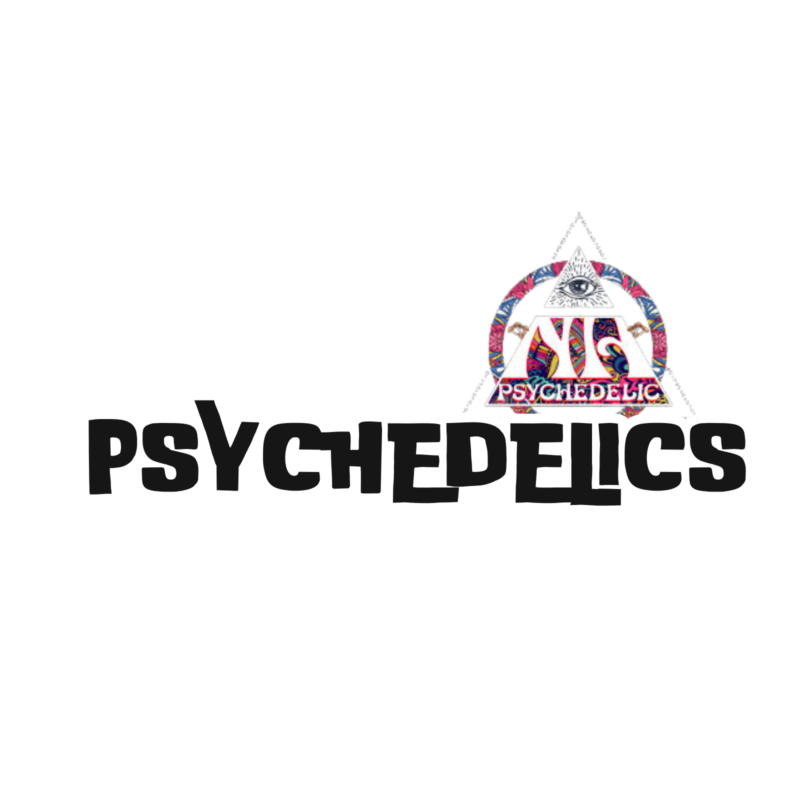LSD and Health!
LSD (lysergic acid diethylamide) is a hallucinogenic drug. Hallucinogens change the way people sense the world around them. LSD is a type of psychedelic drug that can lead to hallucinations. It’s also called acid. LSD alters a person’s ability to think and feel. It can cause changes in sensation and emotions.
What Else Is LSD Called?
acid, sugar cubes, white lightning, dose, tripping, blotter.
How Is LSD Used?
LSD is odorless, colorless, and tasteless. It can be painted onto small squares of paper that people lick or swallow. While using LSD, or “tripping,” a person may feel anxiety or fear. The hallucinatory effects can be unpleasant, such as spiders crawling on the skin. Or they can be so strong the person feels like they are losing control.
Having a bad reaction to LSD and similar drugs is common. The scary sensations may last a few minutes or several hours. They can be mildly frightening or terrifying. The user may feel panicked, confused, suspicious, anxious, and helpless.
Often the bad feelings go away when the drug wears off. But some people have them for several days after. Sometimes these effects can last weeks or months.
Some people can have a flashback. They may have a repeat experience of the effects days, weeks, or even years after using the drug. The user may see intense colors and other hallucinations. The flashback can seem pleasant. Or it may produce severe anxiety.
Flashbacks most often occur in people who used LSD over a long period. They also tend to occur in people who have a history of mental illness., but they can happen to anyone. Heavy users may develop long-term (permanent) brain damage, such as problems with memory and attention span.
What Does LSD Do?
LSD causes the senses of space, distance, and time to become altered. People might say they “hear” colors or “see” sounds, and have strange feelings and strong emotions.
LSD is very powerful. Small amounts can cause strong effects. These effects are hard to predict. They often start 30 to 90 minutes after taking the drug. They are strongest 3 to 5 hours later. They can last for up to 12 hours.
Many users refer to an “acid trip” — when the effects don’t let up and can last for up to 12 hours at a time. LSD also can cause “bad trips” — when users experience panic, confusion, sadness, and scary images. Bad reactions can happen with the first use and a user may have flashbacks later, experiencing the feelings of a bad trip even after the drug wears off.
Because LSD also affects judgment and behavior, users might find themselves in a dangerous situation.
Physical changes include increased heart rate and blood pressure, muscle twitches and shaking, dilated pupils, sweating, sleeplessness, and loss of appetite.
Where Can I Find Help About LSD and Health
If you or someone you know is fighting drug addiction, recovery is possible. Talk to your health care provider or check your state or local health department websites.

